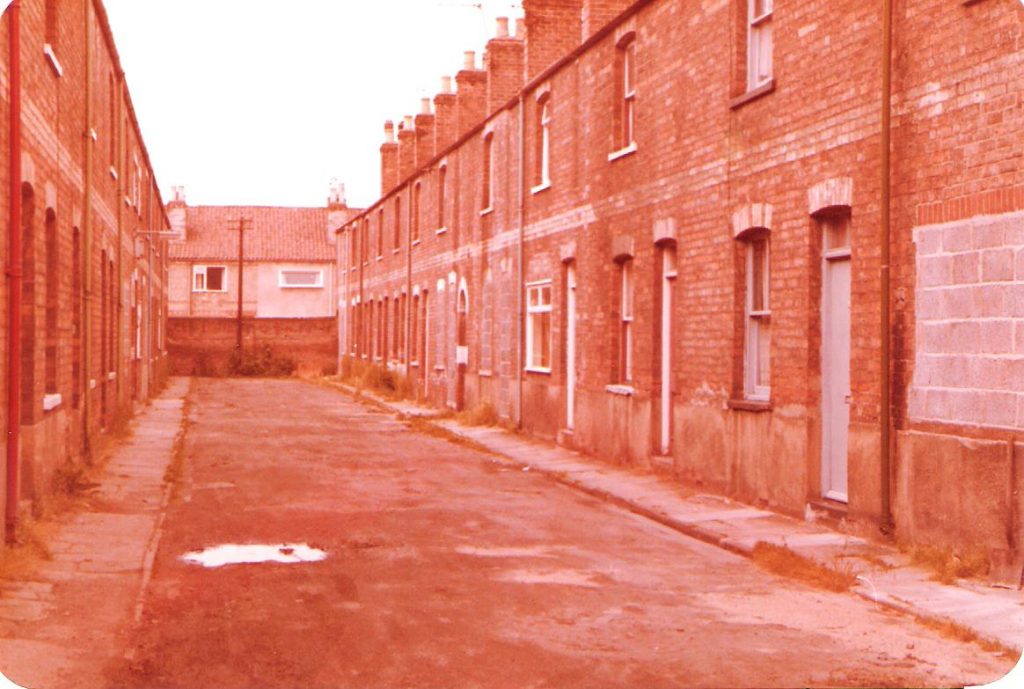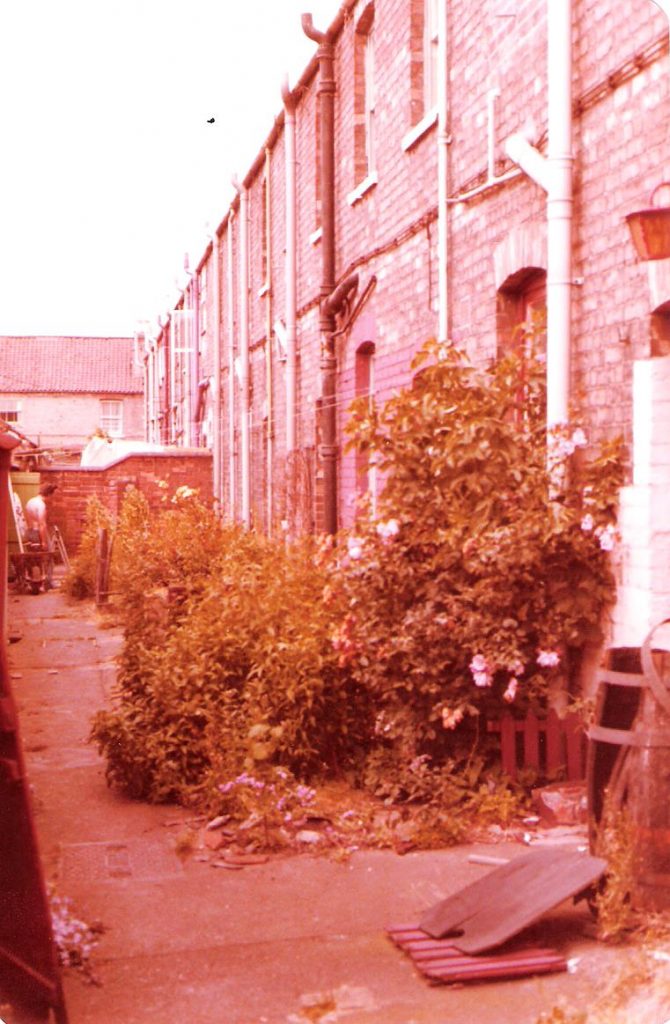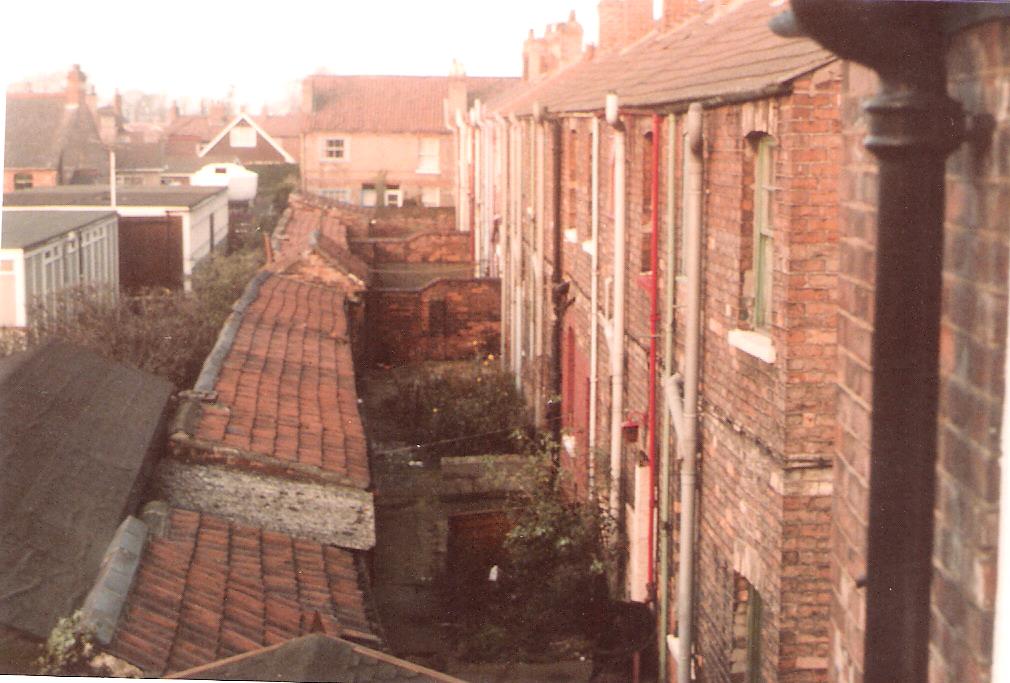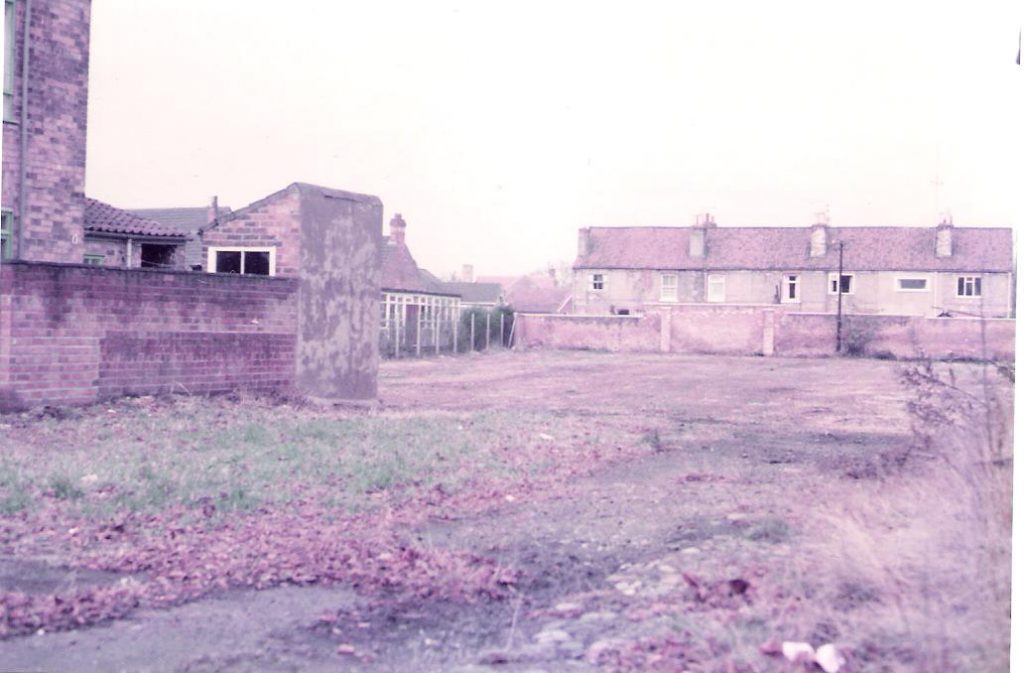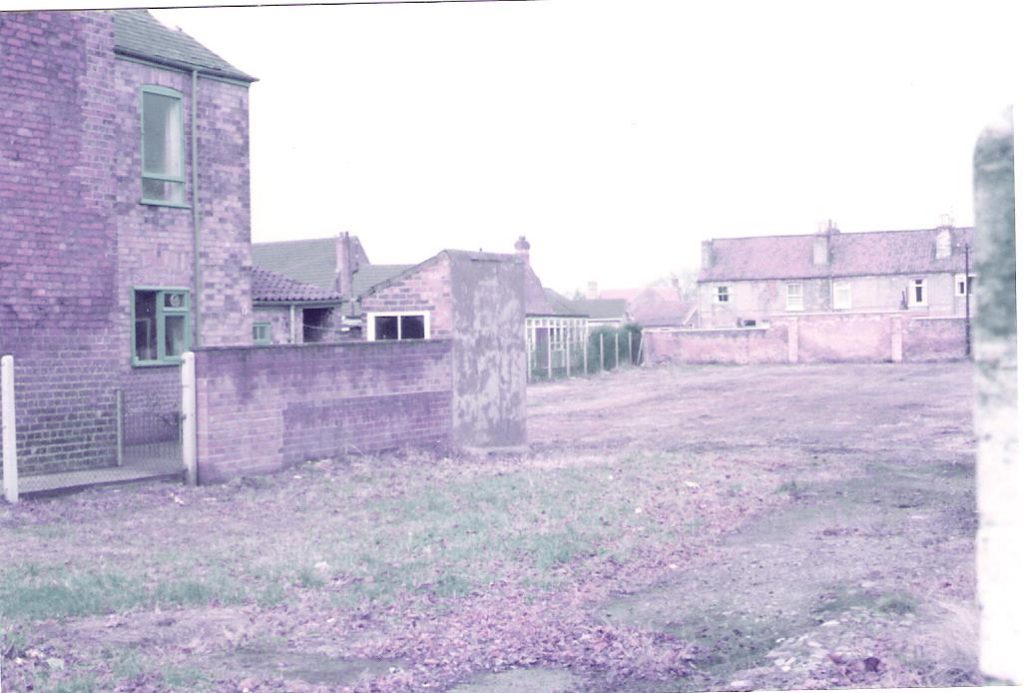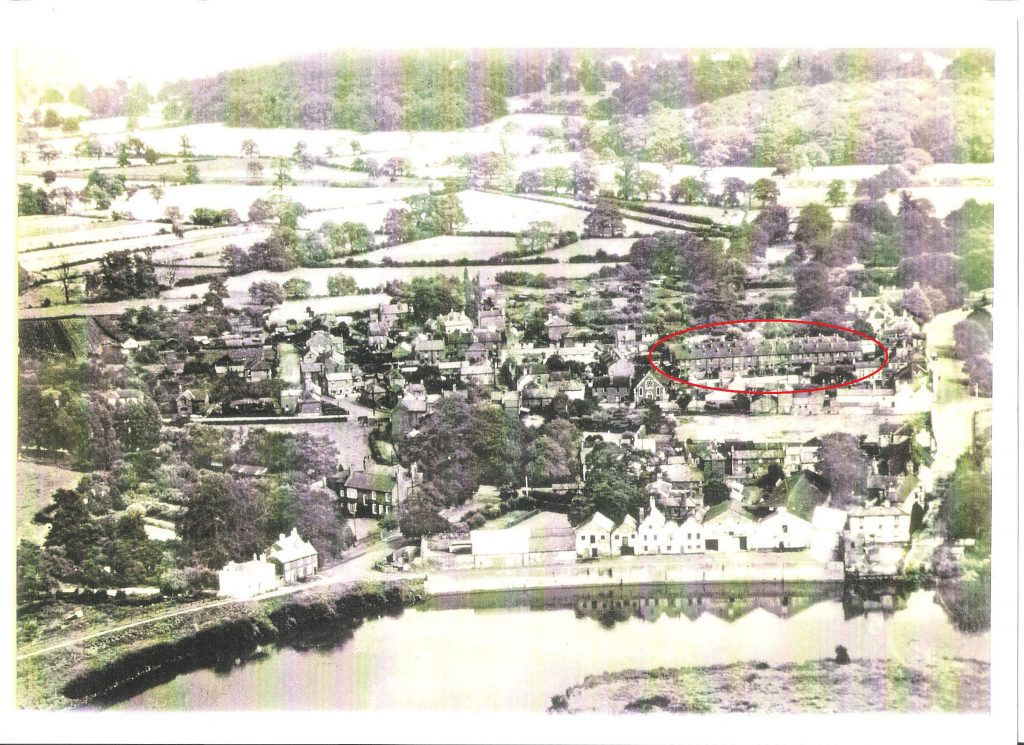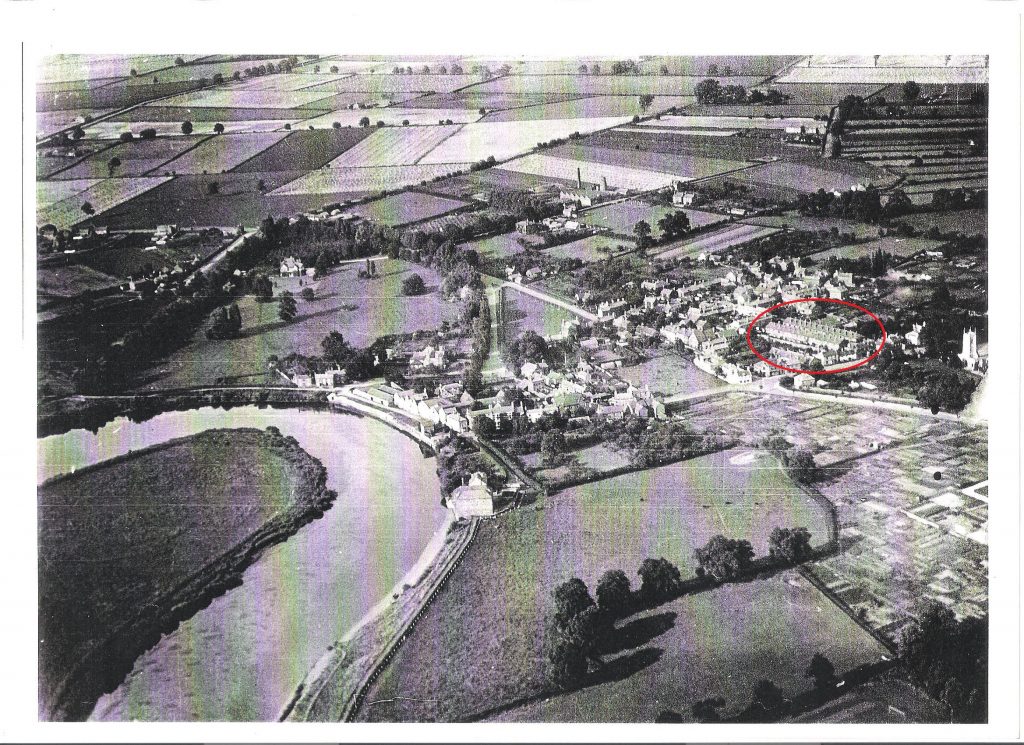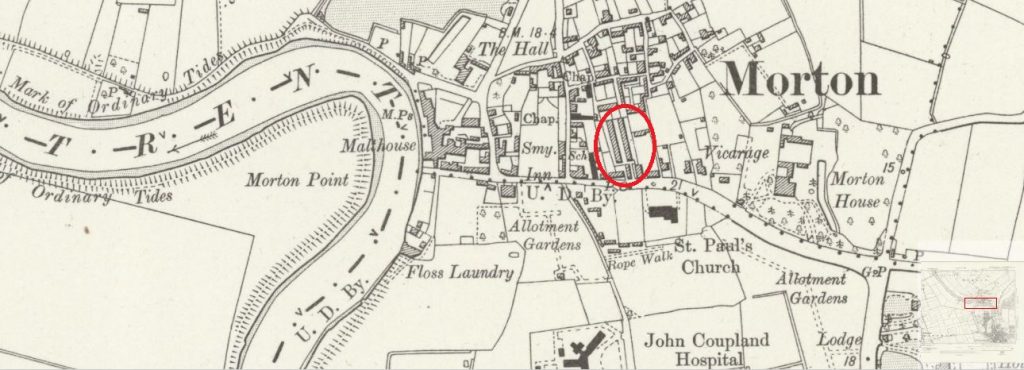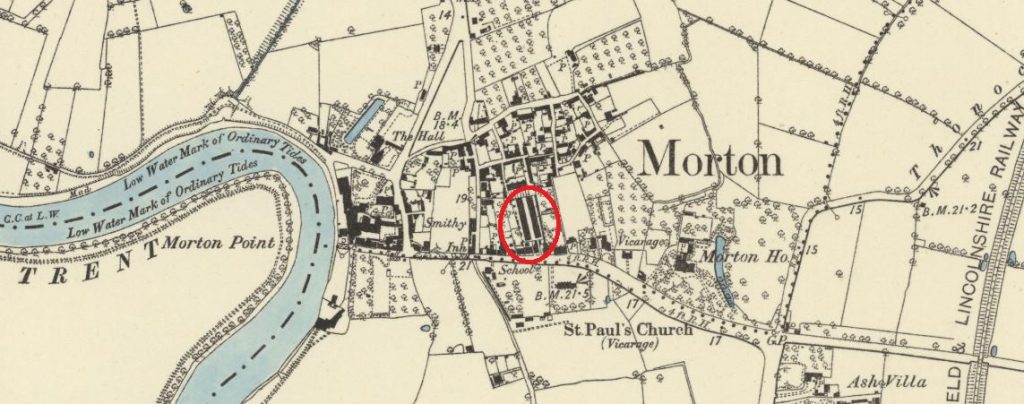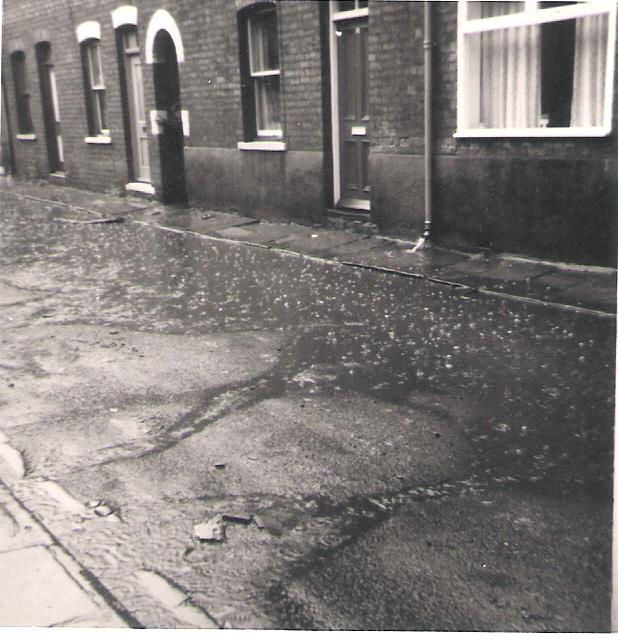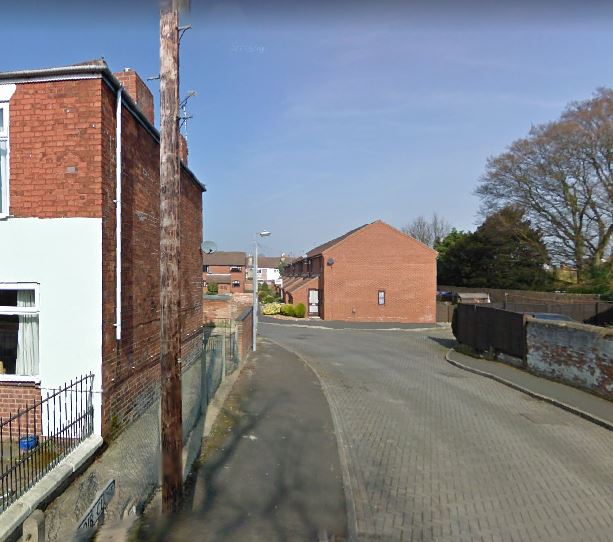On behalf of the team at the Gainsborough Heritage Centre, I would like to wish all of our supporters, volunteers and members a happy new year. Due to recent lockdown guidelines, the Heritage Centre will be remaining closed for now. However, in a recent update from the Chairman of the Heritage Association, he explained that ‘there is lots of stuff going on in the background still and we thank everyone for the continued support during this difficult time.’
During 2021, the team will continue to deliver some informative and hopefully interesting blogs for our supporters! The first blog of the year is focusing on a demolished street from one of Gainsborough’s nearby villages called Morton. The name ‘Morton’ is derived from the Celtic ‘Mor’, the sea and ‘Ton’ an enclosed meadow. The name implies that the area was once in a waterlogged state due to the River Trent’s tendency to flood. The first mention of the village of Morton was in the year 1013 A.D. when Sweyne, King of Denmark, assembled a large fleet and landed his forces in the hamlet of Morton. Front Street was also known as Top Street which originally was a track running across the marsh.
Belvoir Terrace was connected to Front Street and situated opposite to St Paul’s Morton Church and comprised of twenty-nine houses in total. The street was demolished in 1980/81.
The houses on Belvoir Terrace/Ebenezer Place were mainly owned by the Smithson’s and the street also became popularly known as ‘Smithson’s Row’. In 1942 a bombed-out Hull family arrived in the area and enquired as to the whereabouts of 4, Ebenezer Place, but no one knew of it except one man who said: ‘Oh, do you mean Smithson’s Row.’ The reason for the name was that the landladies of the majority of the properties were Misses Emily and Edie Smithson!
The houses were lit by one gas light downstairs and one upstairs. The water was drawn from a tap in the back yard. Each house had one pan toilet, emptied once a week by the dilly cart, early in the morning and all of this for 4/10d per week. The grandparents of Miss Smithson’s had the west side of the terrace built. They were staunch Methodists who used to worship at the Ebenezer Chapel in Hull, hence the name of Ebenezer Place for the houses on that side. Their relations were responsible for having the east side built and called it Belvoir Terrace. In the 1950s the terrace was all renamed under the latter title and the numbers altered accordingly. By the time these houses had a demolition order put on them, they all had main services and bathrooms. The pictures below show the area after the demolition.
From Patricia Greatorex’s book, she stated that there was evidence that some of the soldiers working at the Shell Filling Station near the demolished signal box on Blyton Road opposite Thonock Lane Farm, were billeted in Belvoir Terrace during the First World War. A note of permission for a soldier to fall out and march with the rear party, and a bullet, were discovered under the eaves of the outhouse of number 11, the home of Mrs Northedge, who housed one of the battalions.
The photos and maps in this section show the street’s location in the village with the last map from 1930 and the map above from 1885.
Marion Hird born in 1935 lived as a young girl in Belvoir Terrace and in 2015 she was interviewed as part of the Gainsborough Heritage Centre’s Oral History Project. Her recording sheds some light on what life was like living in Belvoir Terrace.
Marion Hird on the right of the photo with Patricia Clarke (nee Plaskett) on the left
Another blog post I wrote last year about my Great Great Uncle Bernard Moden also gave some information on this demolished street. Bernard married a lady called Evelyn at St Martin’s Church, Blyton, on Saturday 14 1942 and they moved into 3 Ebenezer Place, Morton, sited down a cul de sac, opposite the Church at Morton. The opposite side was Belvoir Terrace, it was numbered the same (in 1954 the name Ebenezer was dropped and it became 5 Belvoir Terrace).
‘The House had three bedrooms and two good sized rooms downstairs. We had a very good pantry under the stairs and the house was lit by gas. We did our cooking with a coal-fired side oven, with a boiler at the other side for hot water. Outside we had a washhouse (laundry), coal store and toilet. The water tap was outside, sometimes this froze up in winter. We registered our ration books with Mr Lewis, the grocer, (next to the White Hart). He did his best for us but the rations were only in ounces. If he was in a very good mood you might get a shank end of bacon off the ration. The coop delivered the coal, this was also in short supply. The coalman was hounded, he had to leave everybody the same. Sometimes, he would come when it was dark and drop somebody an extra bag (if he had a backhander). Then every door would open, everybody wanted one, he used to say “It’s only slack!” We still wanted one. Mr Coulson was a smallholder of Cross Street, Morton. He came round with a horse and dray selling vegetables and homegrown fruit on a Saturday morning.’
Since the demolition of Belvoir Terrace, a new housing estate has been built in its place and named Belvoir Close.
In memory of Marion Hird who passed away on 4 January 2020.
References
- Gainsborough Heritage Association Oral History Archive, Marion Hird, 2015
- Reflections on the Life and History of Morton by Gainsborough, Lincolnshire by Patricia M. Greatorex
- The History of Joseph Arthur and Agnes Moden and their family as told by their son Albert Bernard Moden
- National Library of Scotland, Map, Nottinghamshire VII.NE (includes: Beckingham; Gainsborough; Morton; Thonock; Walkeringham; Walkerith.), 1885.
- National Library of Scotland, Map, Lincolnshire XLII.NE (includes: Beckingham; Gainsborough; Morton; Thonock; Walkeringham; Walkerith.), 1930.

